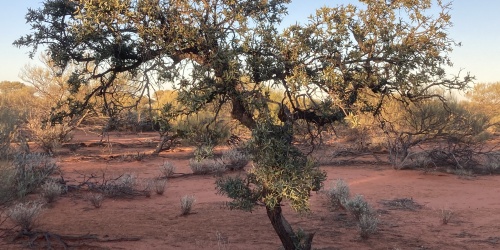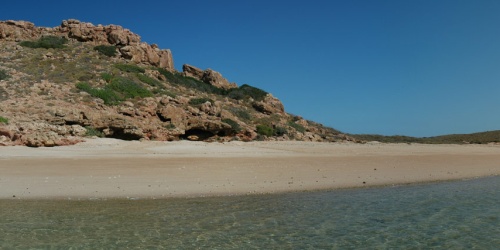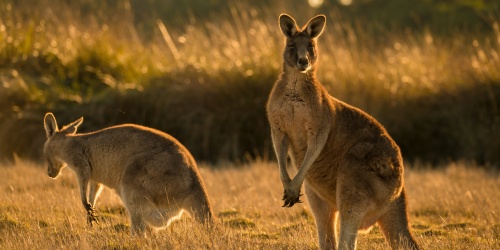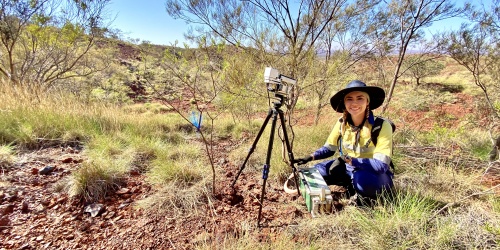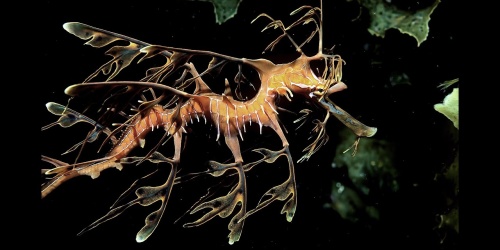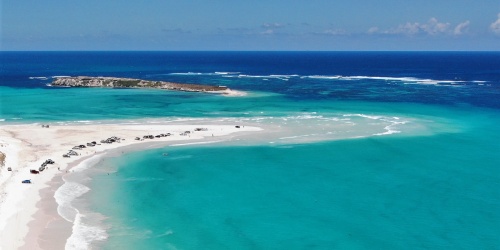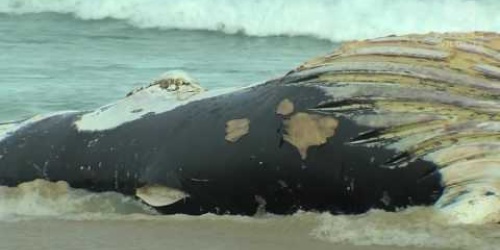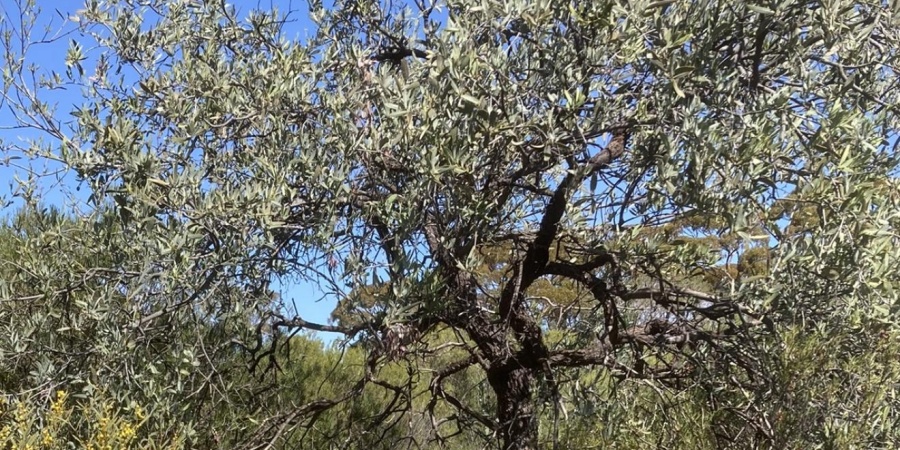
Sandalwood
This page provides information for the department’s management of wild sandalwood.
The department is committed to consulting, partnering and empowering Traditional Owners in on-Country sandalwood management and joint land management.
In the last 200 years, sandalwood occurrences have variably, and in some cases, significantly changed. This is most apparent throughout the Wheatbelt where extensive agricultural clearing has reduced wild sandalwood occurrence to fragmented populations within conservation reserves and remnant native vegetation on private property. An industry response to this has been to establish sandalwood in approximately 20,000 hectares of plantation.
While wild sandalwood still broadly occurs across the rangelands and deserts, population condition varies considerably due to cumulative impacts associated with pest and feral species, lawful and unlawful take, grazing, altered fire regimes and climate change.
The Santalum spicatum (Sandalwood) Biodiversity Management Programme (Sandalwood BMP) sets out how Western Australia’s wild sandalwood will be conserved, protected and managed. The Sandalwood BMP will outline processes for its ecologically sustainable use now and into the future, consistent with the requirements of the Biodiversity Conservation Act 2016.
The Sandalwood BMP applies to the management of wild sandalwood on both Crown and private lands across Western Australia. The Sandalwood BMP does not apply to plantation sandalwood for which there are industry generated resources.
In recent years, further monitoring of wild sandalwood has been undertaken to provide information on the condition of sandalwood populations across its distribution. This work is providing essential information to inform management approaches for sandalwood conservation. An information sheet is available to download below.
In addition, in accordance with the Sandalwood BMP and the Biodiversity Conservation Act 2016, DBCA has commenced a review of the appropriate harvest (take) levels for wild sandalwood. Current take limits are specified in the Sandalwood (Limitation of Removal of Sandalwood) Order (No. 2) 2015 (Sandalwood Order), which is in place until 31 December 2026. The process for setting a new Order will include independent review, Traditional Owner and stakeholder consultation and a public consultation period in 2025.
For more information, please see the scope of works for the review of the Sandalwood Order and infographic in the download section below.
If you have any questions about the process, or would like to provide input, please email us at sandalwood@dbca.wa.gov.au or contact us on (08) 9219 9000.
